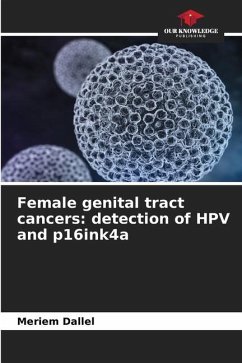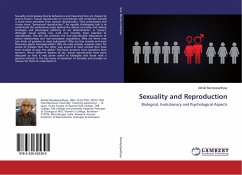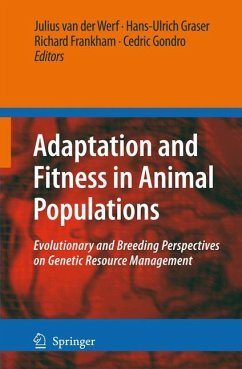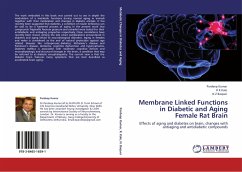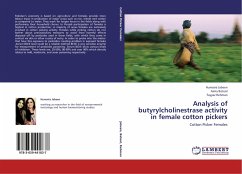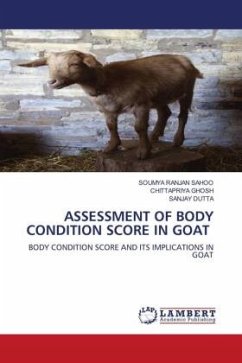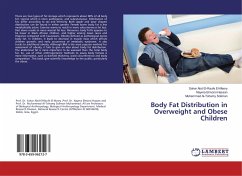
Female body growth curve
Nelore and Crosses
Versandkostenfrei!
Versandfertig in 6-10 Tagen
27,99 €
inkl. MwSt.

PAYBACK Punkte
14 °P sammeln!
Growth functions are used to graphically represent the weight gain as a function of age (called growth curve). To propose a new function to describe all the growth in the productive life of females considering simultaneously the effects of age, gestation and lactation, data obtained in the Instituto Agronômico do Paraná (IAPAR), constituted of weight records of 19 Nelore females (NN), 7 F1 Guzerá x Nelore (GN), 19 F1 Red Angus x Nelore (RN), 4 F1 Marchigiana x Nelore (MN) and 17 F1 Simental x Nelore (SN) were used. The new prediction equation was composed by three functions: weight gain wit...
Growth functions are used to graphically represent the weight gain as a function of age (called growth curve). To propose a new function to describe all the growth in the productive life of females considering simultaneously the effects of age, gestation and lactation, data obtained in the Instituto Agronômico do Paraná (IAPAR), constituted of weight records of 19 Nelore females (NN), 7 F1 Guzerá x Nelore (GN), 19 F1 Red Angus x Nelore (RN), 4 F1 Marchigiana x Nelore (MN) and 17 F1 Simental x Nelore (SN) were used. The new prediction equation was composed by three functions: weight gain with age, weight gain during gestation and weight loss in lactation. Simultaneous adjustment of the functions showed adjusted multiple determination coefficient (Ra²) between 0.996 and 0.998, with standard deviations lower than the parameter estimates and Durbin-Watson statistic value higher than 0.8, when the function was adjusted to the information of NN, MN, RN and SN groups, indicating that the function presented a good adjustment. It was verified that the new function described all the growth in the productive life of females.



